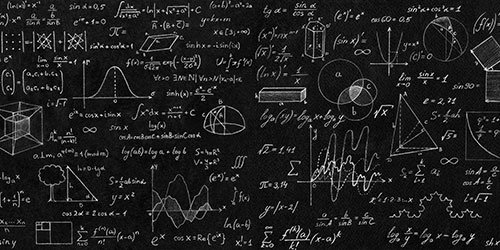Core Loss Testing - Best Motor Repair Practices
What is core loss?
A sound motor stator core is the
foundation of a good motor winding. As is the case with building
construction, a good foundation is often taken for granted yet essential
to longevity.
If you look closely inside a motor stator - with the rotor removed - you would see that the stator core consists of laminations of metal plates. These laminated plates are separated by a thin insulating material. This insulation can fail over time as a result of friction and other stresses. These failed areas cause a number of problems, the most apparent of which is heat.
This heat often results in "hot spots" and could be considered the result of undesired current flow. The combination of increased heat and current imbalances can be measured in increased power losses in the stator.
Hot spots often escalate to premature failure of the winding and a host of issues. Putting a fresh, quality rewind on a poor stator core is indeed akin to building a house on wet sand.
Don't settle for the bare minimum in core loss testing
Core loss testing occurs as part of a rewind, and in this context we are discussing the typical induction motor. Most shops use commercially available core loss testing machines, such as those made by Lexseco and Phenix. With these type testing machines, a large conductor is looped through the core and back to the machine where a high current is circulated to excite the stator core. EASA provides guidelines as to how much power should be consumed by the core. A good rule of thumb regarding lost wattage is six watts/pound weight of stator.
Thus, any core with an average loss of less than six watts per pound would be deemed acceptable and would be rewound without further testing.
Unfortunately, many shops limit their testing to this simple assessment of average core loss, failing to answer some key questions:
1. How concentrated was the core loss? Are there spots hot enough to cause damage?
2. How did the burnout process (removal of old winding) affect the core?
3. Was the core tested long enough, and at high enough density?
Core loss testing by the book
There are two commonly referred to standards for core loss testing, EASA AR-100 the IEEE 432. It is suggested that your motor repairs conform to one or the other standard. If they don't it might be worth your time to shop around for a motor repair facility that adheres to these standards. EASA also commissioned studies on this topic,
EASA/AEMT Rewind Study, 2003.
The following best practices were produced from the above standards as well as submittals by other industry professionals:
1. Core loss testing should be conducted with enough time to allow the core to come to temperature. Hot spots in excess of average core temperature develop within 10 minutes, and typically within 20 minutes at the back iron.
2. Thermal imaging cameras should be used to identify hot spots. Those exceeding 10°C above the average must be cleared regardless of overall test results.
3. Overall test results are compared to the EASA provided database, where core loss should be one to six watts per pound depending on lamination material and grade.
4. Tests are conducted before and after the burnout process, comparing the results to ensure they are not only acceptable, but that core loss did not increase more than EASA-provided standards (typically 20% maximum).
5. Test reports for both before and after tests are scanned and stored electronically with the job record and include the following data at a minimum:
a. Job and Nameplate Data
b. Core physical dimensions (diameter, length, back iron, slot depth, tooth width, number of teeth, approximate weight)
c. Test parameters (voltage, power, and current)
d. Test results (core loss in watts/lb., power factor, flux density and reluctance)
How to protect your rewind investment
It is always a good practice to visit your repair shops personally to inspect critical repair practices. We offer an easy shop audit guideline to assist you with the inspection. We also provide an electrical testing summary, which is a good aid to have when discussing electrical testing with vendors.
When auditing your motor shop for core loss testing, consider the following:
1. There should be written procedures for core loss testing referencing EASA AR-100 and IEEE 432
2. Core loss should be measured and recorded in watts/lb. prior to stripping (burnout) and after
3. Thermal cameras should be used to evaluate hot spots.









